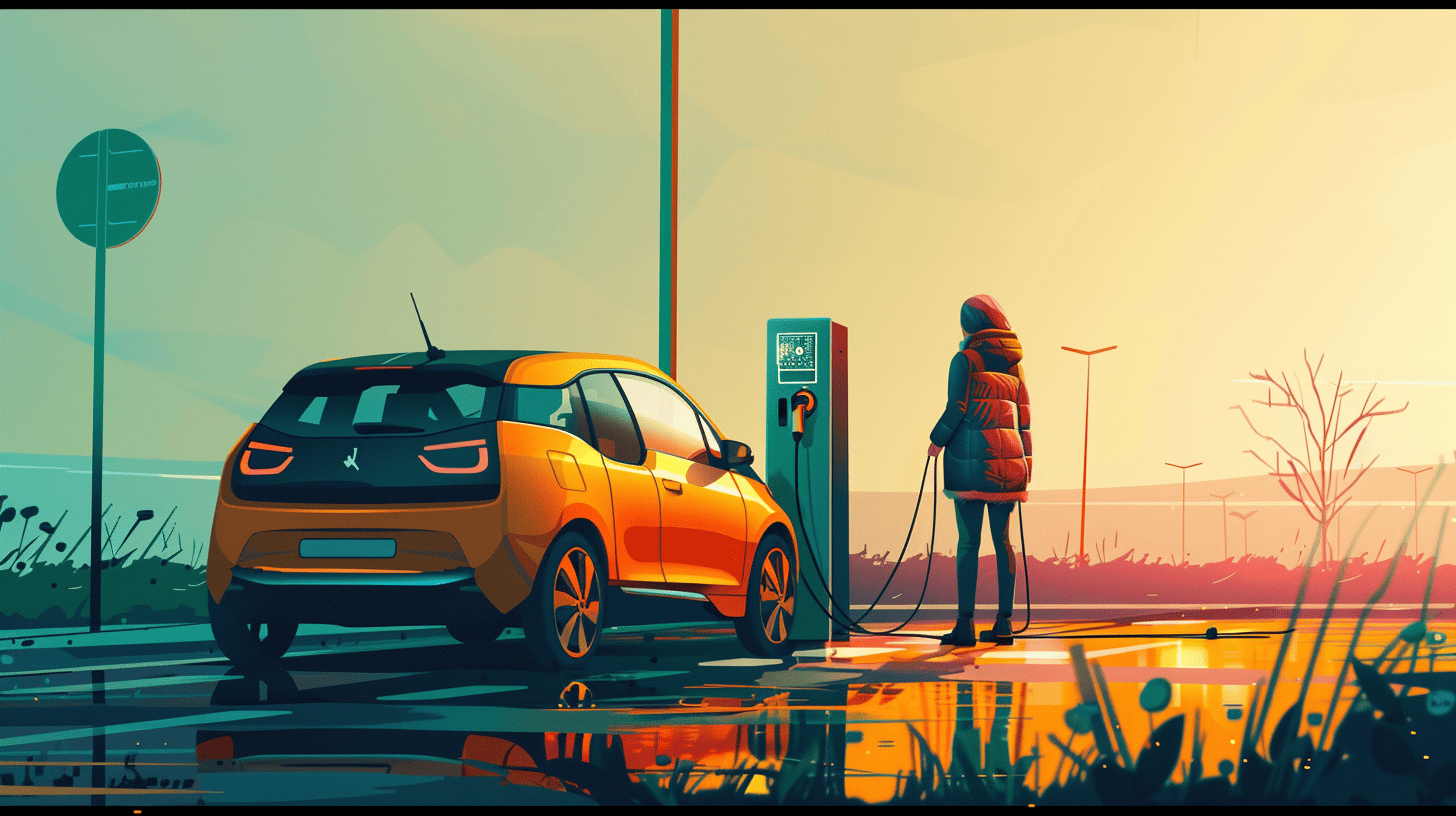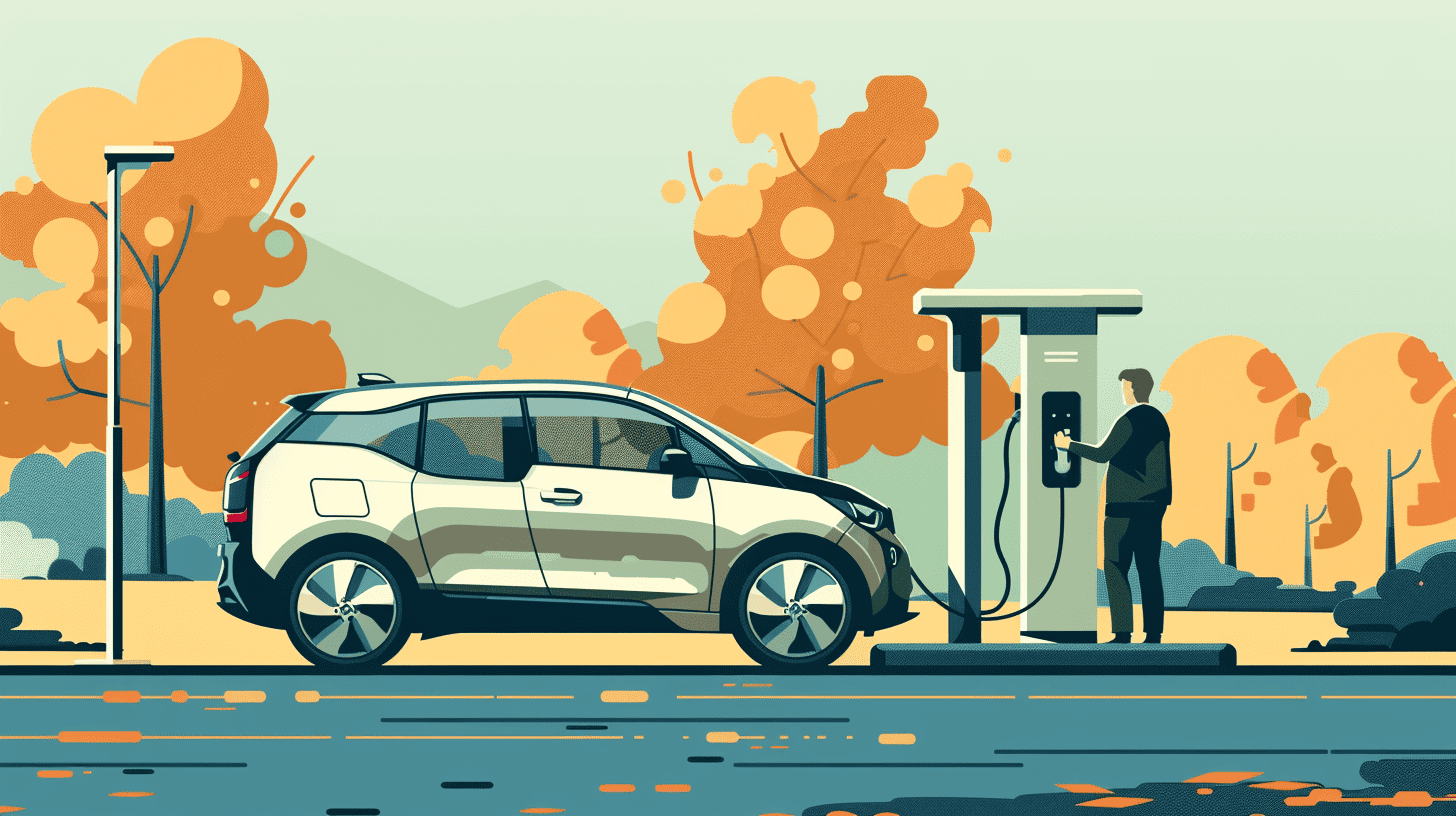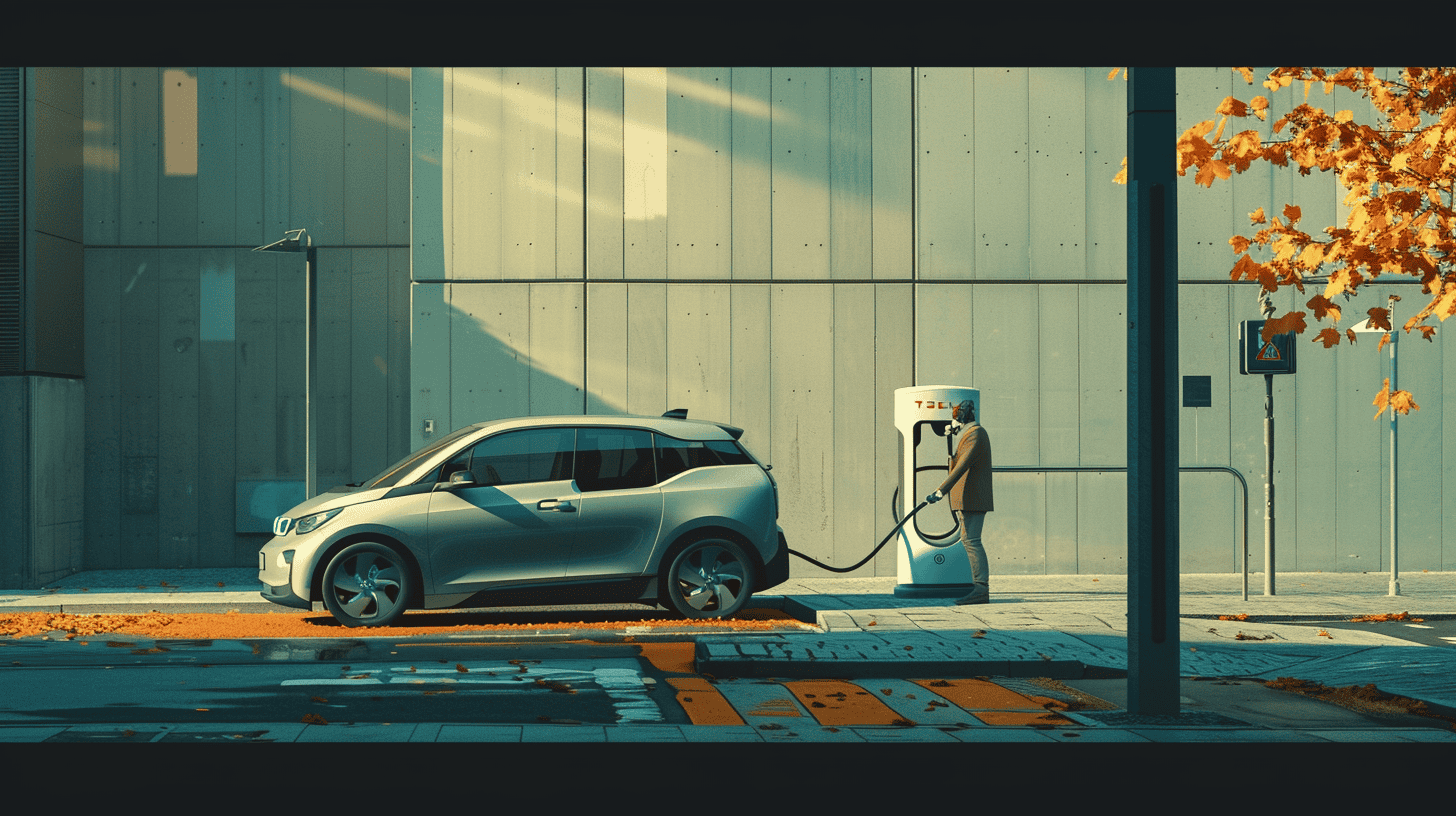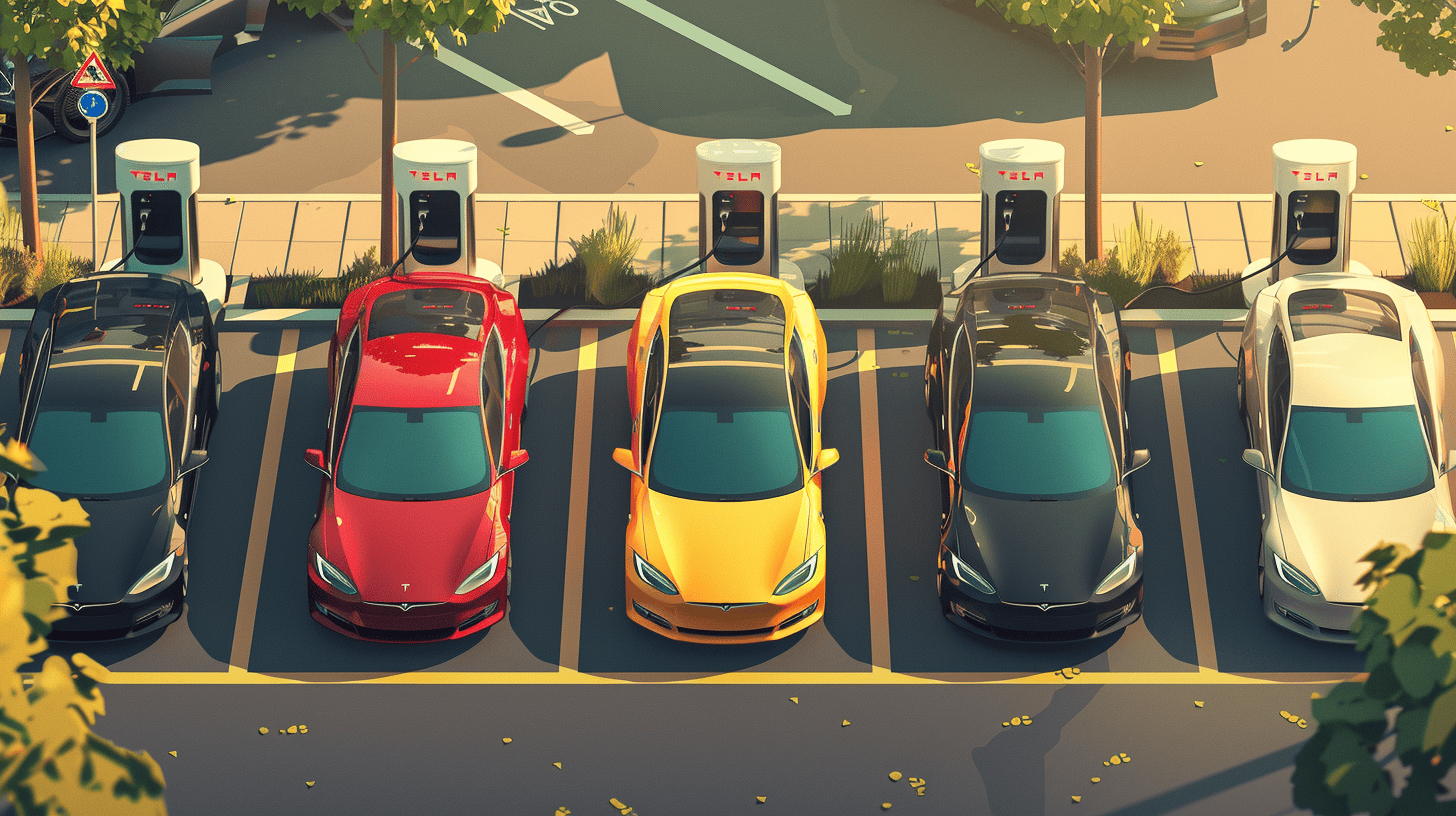
How far can I go on a single charge? That’s the most recurrent question when considering the purchase of a battery electric vehicle (BEV). Range is one of the main concerns for those who approach the world of EVs for the first time, to the extent that range anxiety discourages many who might want to buy an EV.
Why EVolution
Eleven years from now, newly sold cars in the EU must have zero emissions standards. As sales surge, electric vehicles are poised to be the ones to decarbonize Europe’s car fleet. Where do we start from? What are the outlooks towards the years to come? As the deadline is established, we feel the importance of informing our audience more on the topic. So comes EVolution. At IO, innovation and technology are our core business, so we’ll focus this series on some of electric mobility’s most discussed – and sometimes controversial – aspects.
Certified numbers are only an esteem
We have to begin by explaining a WLTP-certified range. WLTP stands for Worldwide Harmonized Light Vehicle Test Procedure. Manufacturers use this procedure to determine an electric vehicle’s range and refer to this figure when marketing their models. The WLTP test replaced the New European Driving Cycle (NEDC) to provide uniform and more realistic test conditions worldwide. WLTP works over a longer test cycle with more realistic driving behavior, thus providing a more accurate figure on electric cars’ energy consumption.
An EV’s range can still vary, even though manufacturers assure a certified number of kilometers. Driver’s behavior is definitely one of the factors to consider, but it also impacts the performance of an internal combustion engine (ICE) car. Speeding up and driving more aggressively easily reduces the number of kilometers driven on a single fuel tank or a single charge. Similarly, terrain and passenger load influence how far you can drive—both on an ICE or an EV.
Outside temperatures dramatically influence EV performance
External temperatures influence a car’s range. Even when driving an ICE car, during winter you might use the heating, and during summer, you might want to keep yourself cool using the cooling system. Clearly, when airco is on, part of the fuel goes to power this system, reducing the number of kilometers. External temperatures influence even further the performance of EVs. In fact, batteries can see their performance sensibly decrease because of the external temperature. You’ve probably experienced this with your smartphone, too: the battery lasts shorter when skiing in below-zero temperatures or sunbathing at over thirty degrees Celsius.
Like your phone’s battery, EV battery packs are made with lithium, which doesn’t perform well in extreme temperatures. Of the two extremes, the coldest temperatures affect performance the most. The analytics company Geotab examined average vehicle trip efficiency by temperature using anonymized data from 5,2 million journeys made by 4.200 EVs representing 102 distinct make, model, and year combinations.
Mild weather is the best EV weather
From their analysis – displayed in the line chart above – it becomes clearer how cold temperatures impact EV performance. This comes down to a chemical explanation. Cold weather slows down the chemical reactions happening inside a battery, jeopardizing its ability to retain charge and reducing range.
Moreover, 21,5 degrees Celsius is the sweet spot of EV trip efficiency. Why is it so? By design, an EV heats or cools down the battery to ensure it always performs at its best. In general, the ideal operating window for BEV Li-ion batteries is between 15 and 25 degrees Celsius. Outside of this window, both the charging and discharging processes suffer. So, both cold and hot extremes aren’t beneficial.
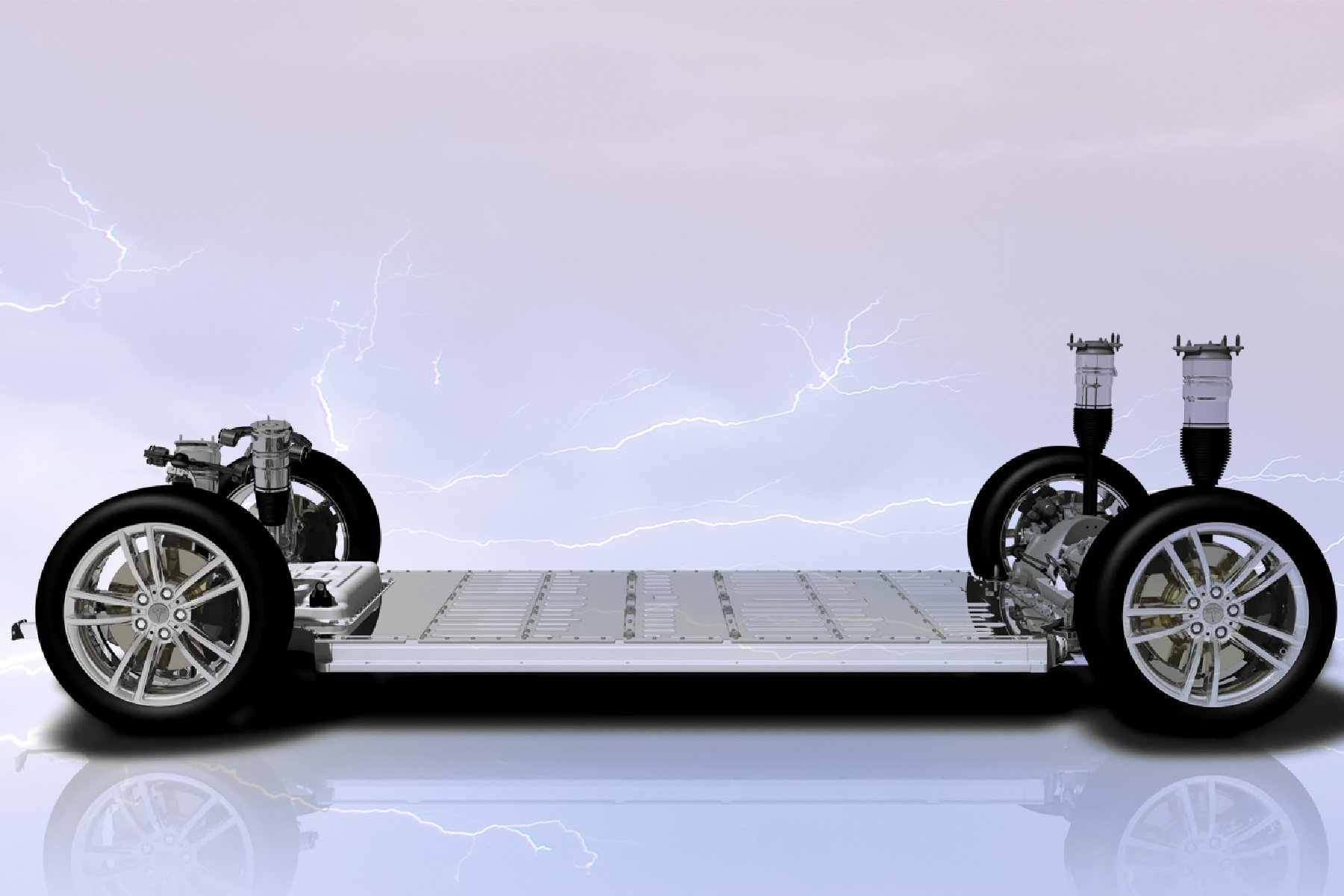
Range decreases over time
Another factor that impacts the performance of EV batteries is degradation over time. The smartphone comparison comes again: as time passes, you notice how fast your phone’s battery drains by the day. Similarly, EV batteries’ performance drops, reducing the car’s range. After a while, batteries slowly lose the amount of energy they can store. Although degradation is not easy to predict, usage patterns can speed up degradation.
- Frequent exposure to extreme temperatures;
- Discharging and charging completely routinely. This pattern applies to lithium batteries with nickel-cobalt-manganese (NMC) chemistry, the most common EV battery chemistry. However, more automakers are opting for lithium-iron-phosphate (LFP) options, which can be fully charged and discharged without accelerating degradation;
- Frequent fast charging. Automakers suggest frequent use of fast-charging direct current (DC) accelerates wear – no worries, we’ll cover charging in an upcoming episode.
However, considering all these factors, EVs lose, on average, one to two percent of their range every year. New cars come with a 160.000 kilometers or eight-year warranty for the battery, which shouldn’t show any severe signs of degradation before that.
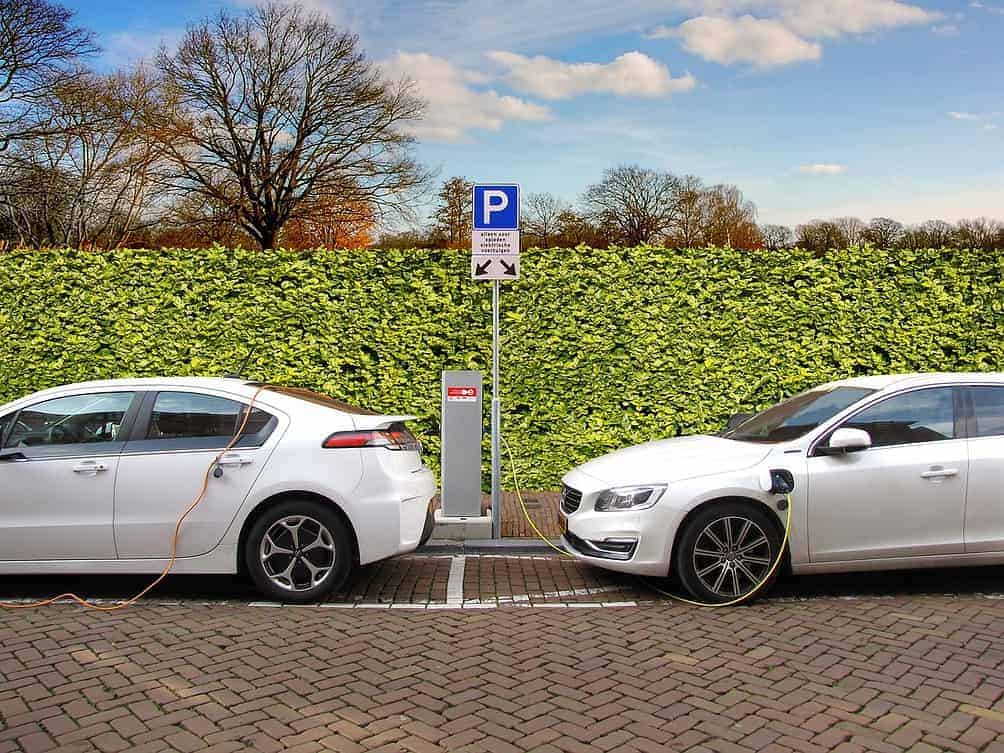
Regenerative braking
In the previous episode, we distinguished between three kinds of EVs available on the market: battery electric, hybrid electric, and plug-in electric. In that table, we also introduced the concept of regenerative braking. In short, EVs, unlike ICE ones, capture some of the energy generated while braking and store it in the battery for later use. As a result, the range increases.
Several studies found that regen braking can boost EV efficiency by up to twenty percent. This translates into extra kilometers. If a car has a 400-kilometer range, regen braking can add up to eighty more kilometers. The impact of regen braking emerges when driving in urban scenarios, with many stops, but also when driving downhill. You need more energy to drive up a mountain, but the car recovers some when descending.
What’s on the market?
All these aspects considered, you might be wondering what driving ranges EVs on the market guarantee. Well, we’ve got you covered. Using the EV Database’s data, we’ve put on a scatter chart all the BEVs available to buy on the Dutch market, relating their estimated WLTP range with their price before incentives. Moreover, we’ve also listed the top three cars by range per price bracket.
In the previous episode, we touched upon the need for small electric cars to buy. Such need becomes graphically evident in the graph above, with no cars available to order on the Dutch market— before incentives—for less than €20.000. Nonetheless, the evolution of technology is worth noting, with even a city car such as the Citroen e-C3 able to offer a range of 265 km. As more EVs enter the market, the average range increments and the International Energy Agency data shows how the average EV range is increasing. Range anxiety will soon not be a problem anymore.
In the next episode of EVolution, we will delve into another topic that intertwines and determines range: efficiency. Carmakers are putting a lot of effort into making their EVs as efficient as possible, but why is this so? Why is efficiency so important? We’ll tell you more next week!



